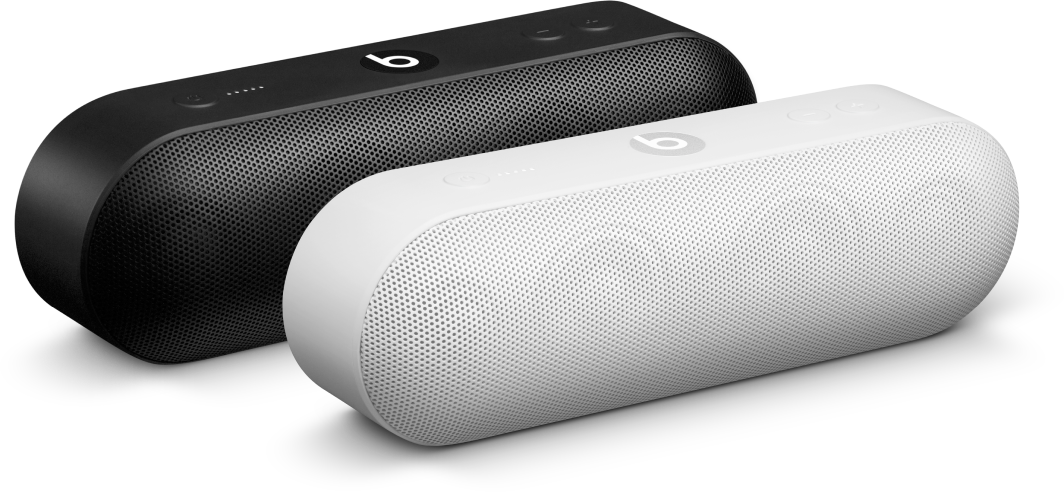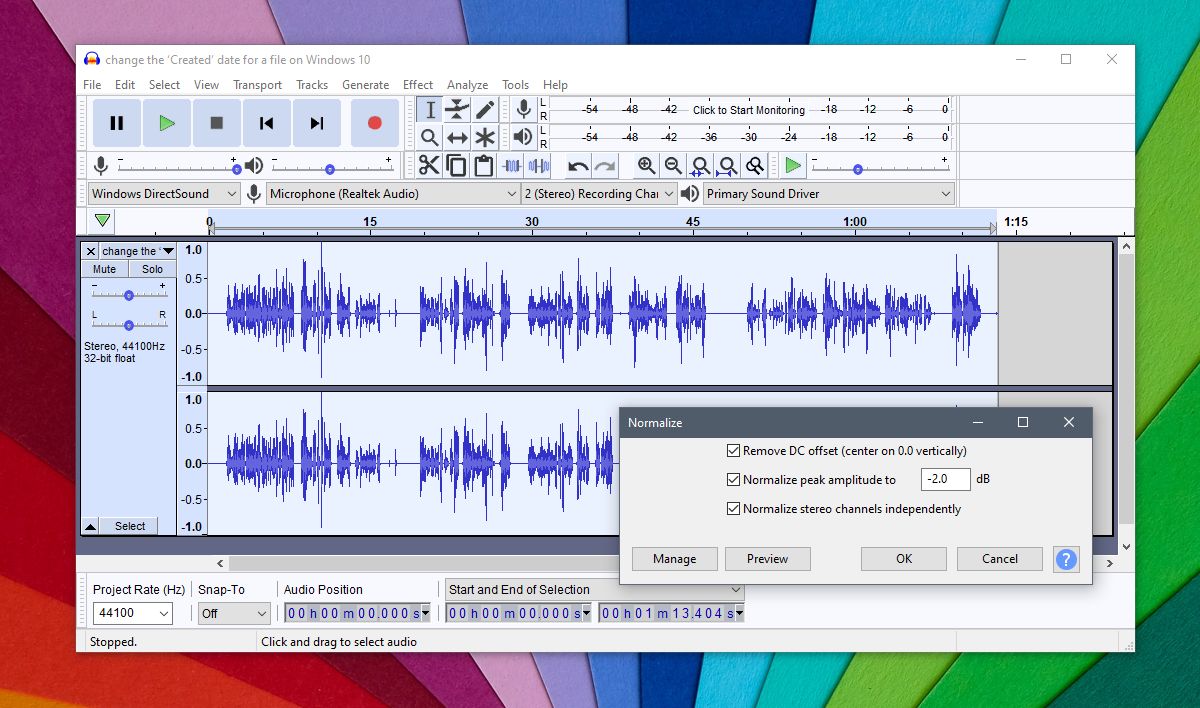
The following table gives some more examples:
Increasing an amplifier from 25 watts to 250 watts (10 times the power) increases the acoustic power by 10dB. This is same as doubling the power from 25 watts to 50 watt (3dB), and then doubling the 50 watts to 100 watts (another 3 dB), giving the total increase of acoustic power of 6 dB or 4 times the power. Increasing an amplifier from 25 watts to 100 watts (4 times the power) increases the acoustic power by 6dB. Increasing an amplifier from 25 watts to 50 watts (double the power) increases the acoustic power by 3dB. Doubling the amplifier power increases the acoustic power by 3dB. Large sound systems: 100 watts to 3000 watts or moreĪmplifier power corresponds to acoustic power.  Small PA systems: 30 watts to 250 watts. For a better understanding of amplifier power and the different terms used to describe it, see Understanding Amplifier Power. Amplifier Power: watts this?Īmplifier power is the number of watts (measurement of power) a particular amplifier can produce (normally when it is flat out). This might be two levels of power, two levels of voltage, two levels of sound pressure or two levels of loudness.įor a general introduction to decibels see the updated article on understanding decibels. Decibels are used to simply describe the ratio of two levels.
Small PA systems: 30 watts to 250 watts. For a better understanding of amplifier power and the different terms used to describe it, see Understanding Amplifier Power. Amplifier Power: watts this?Īmplifier power is the number of watts (measurement of power) a particular amplifier can produce (normally when it is flat out). This might be two levels of power, two levels of voltage, two levels of sound pressure or two levels of loudness.įor a general introduction to decibels see the updated article on understanding decibels. Decibels are used to simply describe the ratio of two levels. 
Decibels: on the levelĪ lot of confusion comes from the use of decibels, or rather the misuse of decibels. This article will unwrap this topic, explain some of these terms, let you discover some answers for yourself with an interactive exercise and also offers a calculator to help you understand the relationship of amplifier power, sound pressure and loudness.

This is partly due to terms like decibels, SPL, psycho-acoustics and other technical words.

The relationship between amplifier power and volume is often misunderstood.








 0 kommentar(er)
0 kommentar(er)
